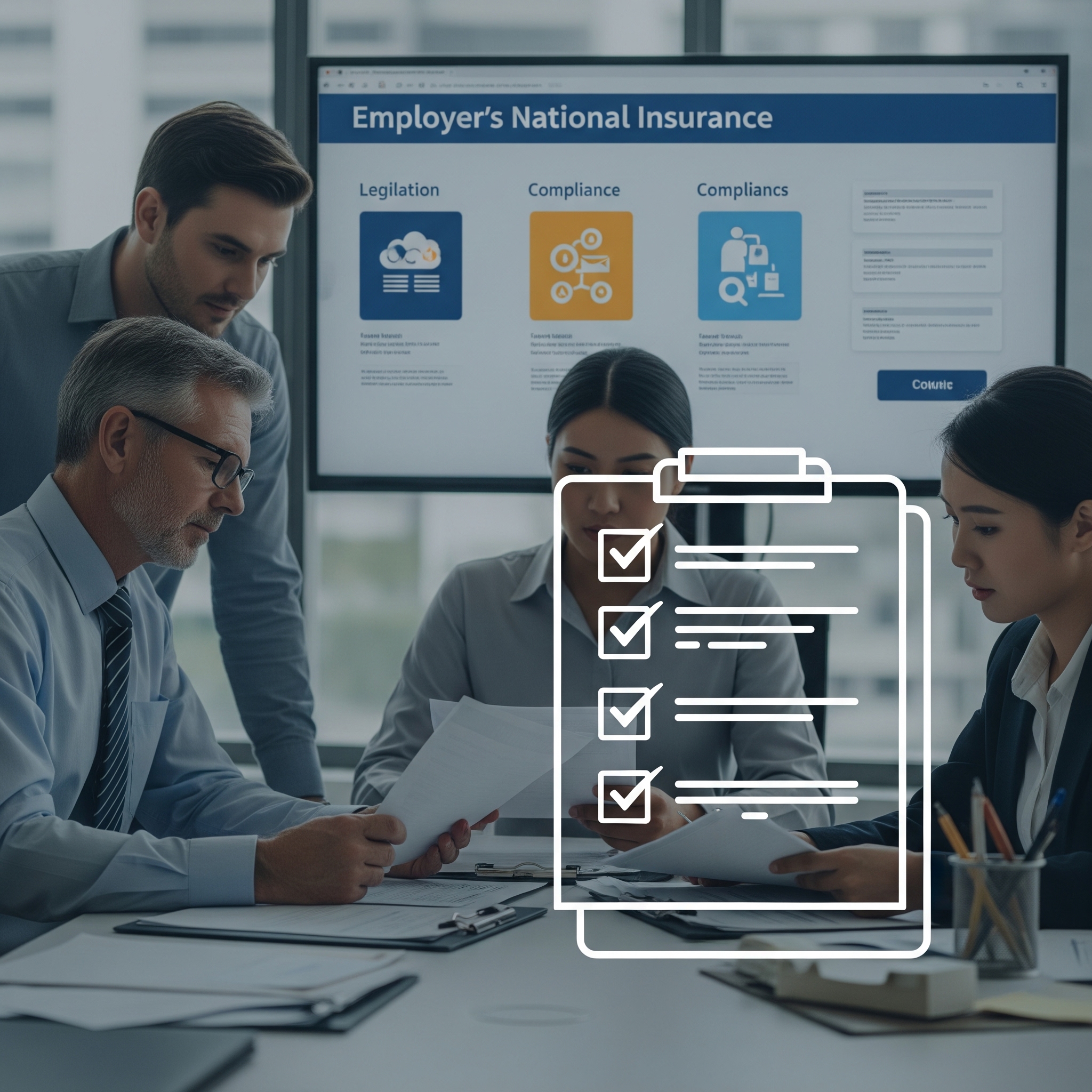Due to a recent change in the National Insurance threshold, companies with only one employee, often a director will now be required to pay Employer’s National Insurance (NI) contributions for the 2025/26 tax year.
If this applies to your business, here’s what you need to know and how to stay compliant while avoiding unnecessary penalties.
Why is this happening?
The National Insurance threshold has decreased, meaning even smaller payrolls (including sole-director payrolls) can now trigger Employer’s NI contributions. If your company previously didn’t need to pay this, you may find that’s no longer the case.
Avoiding Penalties: Set Up a Direct Debit
To keep things running smoothly, we strongly recommend setting up a Direct Debit with HMRC to cover your Employer’s NI contributions. This ensures payments are made on time and helps you avoid penalties for late payment.
⚠️ Please note:
We’re unable to set up Direct Debits on your behalf due to banking rules, this must be done by the account holder.
What You’ll Need
To set up a Direct Debit with HMRC, you’ll need access to your PAYE online account through your Government Gateway login.
If you don’t already have a Government Gateway account, you can register here:
👉 Register for HMRC Online Services
📌 You’ll also need to make your first National Insurance contribution manually, as this figure is required during the setup process.
Once your account is set up, follow these steps:
- Add PAYE to Your Government Gateway
- Sign into your Government Gateway account
- Select ‘Employers or intermediaries’
- Choose ‘PAYE for Employers’
- Enter your:
- HMRC office number
- Employer PAYE reference
- Accounts office reference
HMRC will then send you an activation code by post (within 10 days). Once received, log back in and activate your PAYE access by entering the code.
- Set Up Your Direct Debit
- Log into your Government Gateway
- Go to ‘Employers PAYE’
- Click ‘Set up a Direct Debit’
Could Employment Allowance Help?
If you’re able to add a second employee to your payroll, you might qualify for Employment Allowance, which could help offset the Employer’s NI cost.
If this is something you’d like to explore, we’re here to help.
Need Support?
We know this change might feel like yet another thing on your to-do list, but we’re here to guide you through it. If you have questions about your payroll setup, eligibility for Employment Allowance, or how to register and manage PAYE online, please get in touch.
Saving you time, money and sleepless nights.

